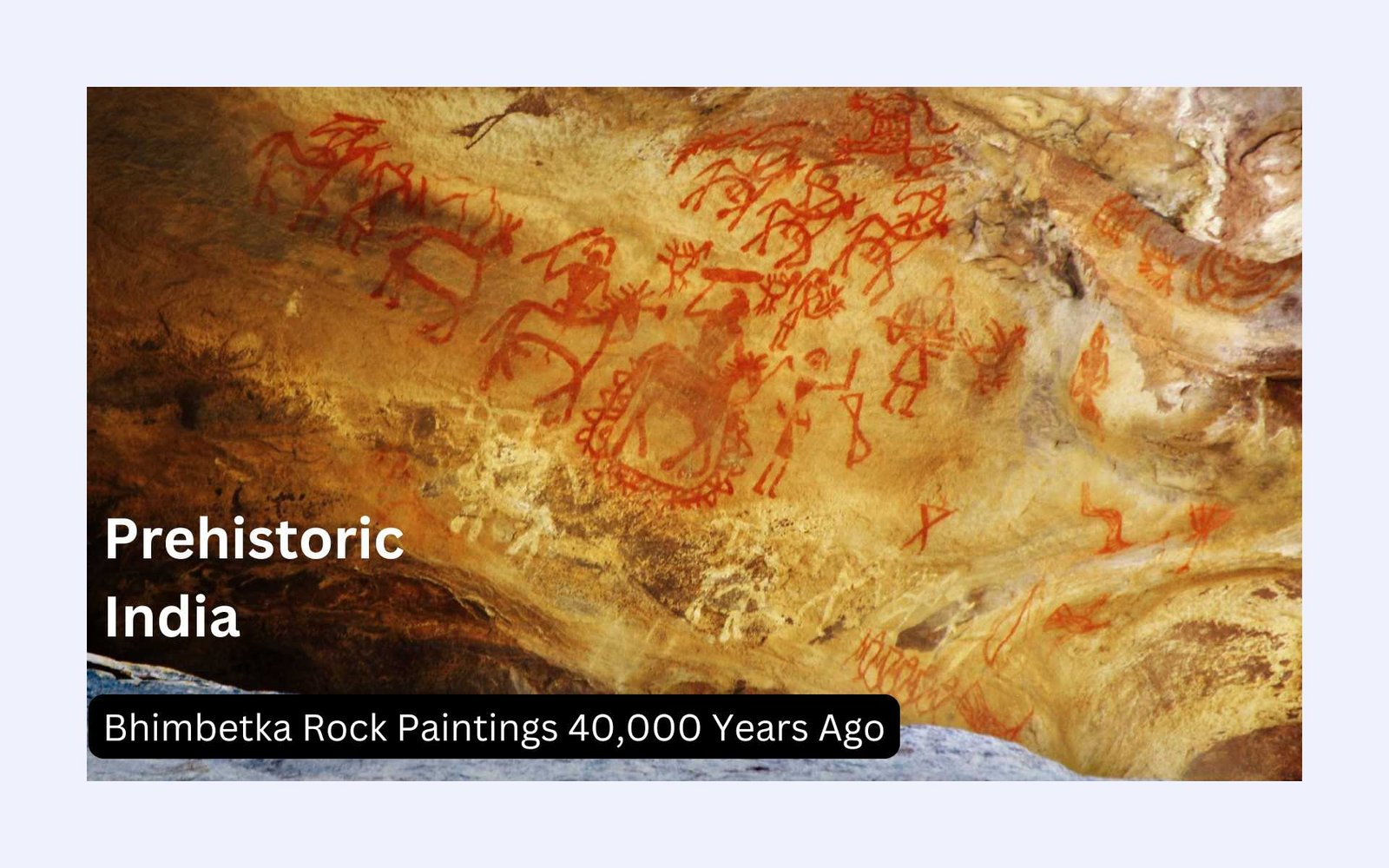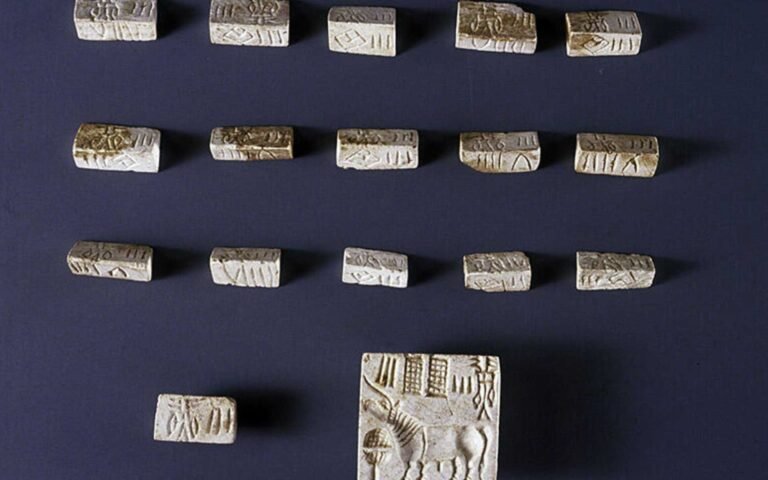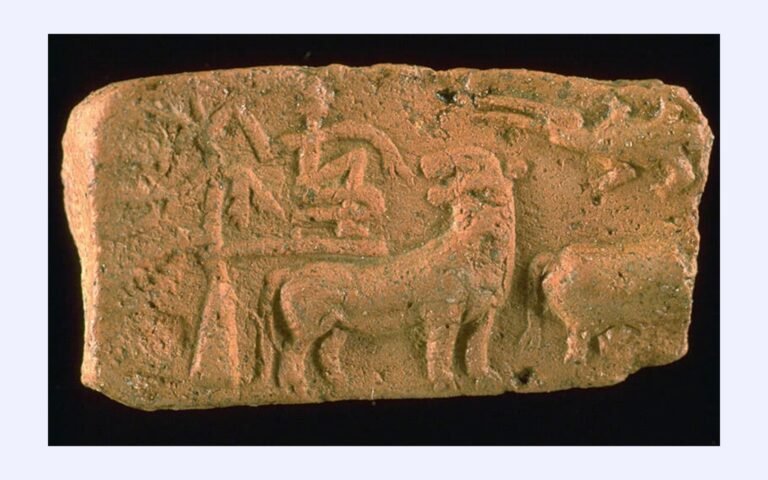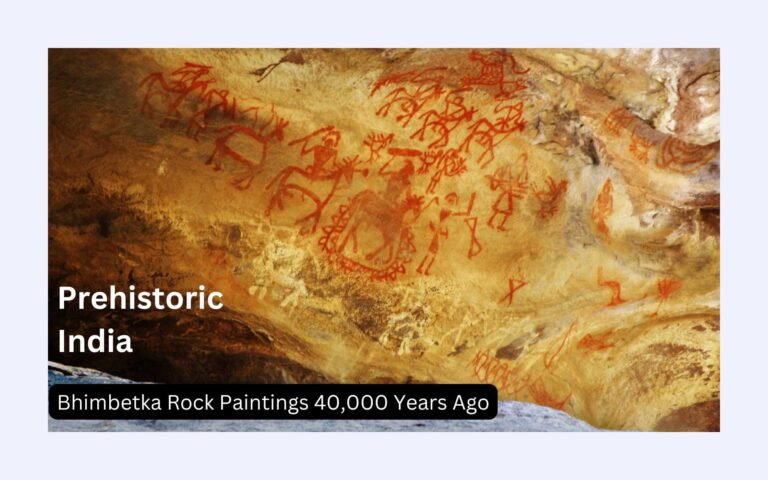Paleolithic History refers to the earliest phase of human history, known as the Old Stone Age. It spans from around 2 million years ago to approximately 10,000 BCE, characterized by the use of rudimentary stone tools, a hunter-gatherer lifestyle, and nomadic existence.
The word Paleolithic originates from Paleos, meaning old, and Lithos, meaning stone. Together, they make the “old Stone Age”.
The Paleolithic era in India spans from approximately 2.5 million to 10,000 years ago and is divided into three phases: Lower, Middle, and Upper Paleolithic:
Lower Paleolithic (c. 2.5 million – 300,000 years ago)
Characterized by the Acheulean culture with tools like hand-axes and cleavers. Key sites include Attirampakkam in Tamil Nadu, Hunsgi in Karnataka, and Didwana in Rajasthan. There are connections with African Acheulean cultures, suggesting early human migrations.
Sites:
- Attirampakkam, Tamil Nadu: One of the oldest known sites with Acheulean tools.
- Hunsgi and Isampur, Karnataka: Known for large-scale tool-making sites.
- Didwana, Rajasthan: Early human presence suggested by stone tools.
Cultures:
- Acheulean Culture: Characterized by hand axes and cleavers. This culture shows similarities with Acheulean sites in Africa and Europe, suggesting early human migrations or cultural exchanges.
Connections:
- The Acheulean technology in India aligns with contemporary developments in Africa, hinting at possible migration routes through the Arabian Peninsula.
Middle Paleolithic (c. 300,000 – 30,000 years ago)
Marks a technological shift with the introduction of the Levallois technique. Notable sites include Patne in Maharashtra and Bhimbetka in Madhya Pradesh. This period shows parallels with the Mousterian culture in Europe, hinting at cultural diffusion or parallel evolution.
Sites:
- Patne, Maharashtra: Notable for its Levallois technique in tool-making.
- Bhimbetka, Madhya Pradesh: Famous for rock shelters with Middle Paleolithic tools.
- Renigunta, Andhra Pradesh: Shows a transition from pebble tools to prepared core techniques.
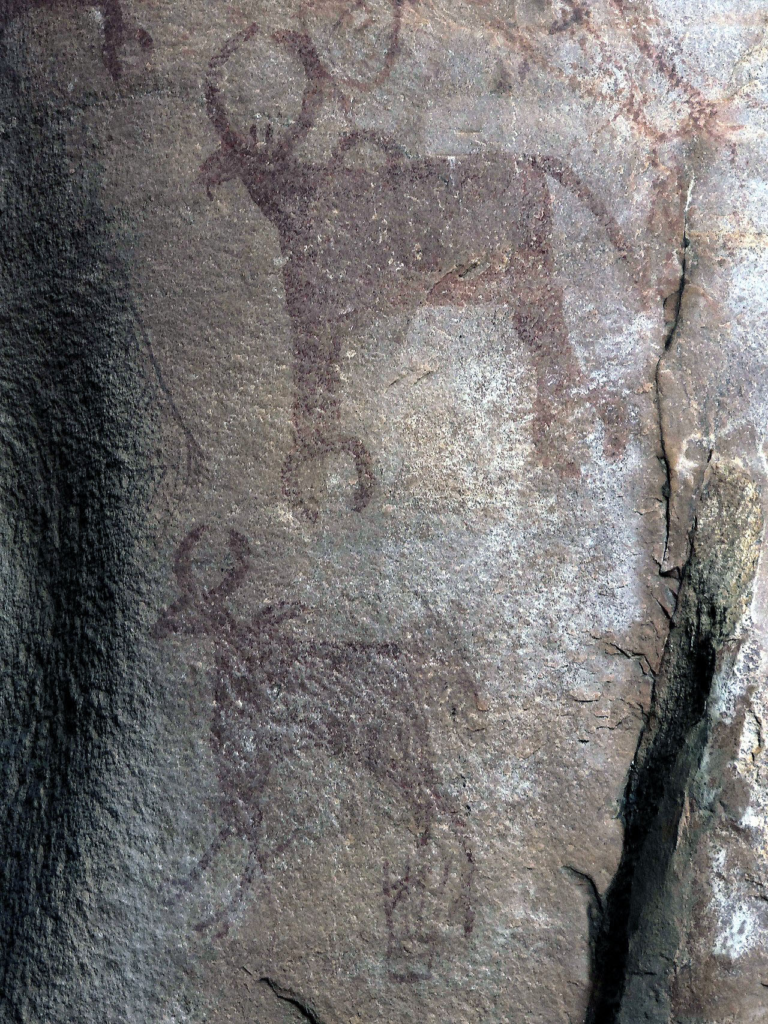
Cultures:
- Middle Paleolithic Culture: Marks a shift towards more sophisticated tool-making with the Levallois technique, which is also seen in parts of Europe and the Middle East.
Connections:
- The Middle Paleolithic in India shares technological parallels with the Mousterian culture in Europe, indicating potential cultural diffusion or independent parallel evolution.
Upper Paleolithic (c. 30,000 – 10,000 years ago)
Known for the advent of microliths, indicating refined tool-making. Sites like Bagor in Rajasthan and Jwalapuram in Andhra Pradesh highlight this phase. There’s an increase in cultural complexity, possibly linked to broader Eurasian movements or influences.
Sites:
- Bagor, Rajasthan: Known for its blade and burin industries.
- Lahariadih, Bihar: Contains evidence of microlithic tools.
- Jwalapuram, Andhra Pradesh: Shows a blend of regional and continental technological traits.
Cultures:
- Upper Paleolithic: This period is marked by the introduction of microliths, which are smaller, more refined tools. The presence of blade tools indicates advanced technology.
Connections:
- The Upper Paleolithic in India coincides with the advent of art and symbolism in other parts of the world, like the cave paintings in Europe. There’s a notable increase in cultural complexity, possibly influenced by or influencing movements of peoples across Eurasia.
General Observations:
- Migration and Cultural Exchange: The Paleolithic record in India shows that human populations were not isolated; there were significant interactions with neighboring regions like the Arabian Peninsula, Africa, and later, with Central Asia.
- Technological Evolution: The progression from simple pebble tools to complex microliths mirrors global trends, suggesting a shared human technological journey albeit with local flavors.
- Environment and Adaptation: Changes in climate and environment are believed to have influenced human settlement patterns, tool types, and cultural practices in India, similar to observations in other parts of the world.
- Art and Symbolism: While less documented in India compared to Europe, there are hints of early art, especially in rock shelters like Bhimbetka, which might have parallels with global Paleolithic art.

